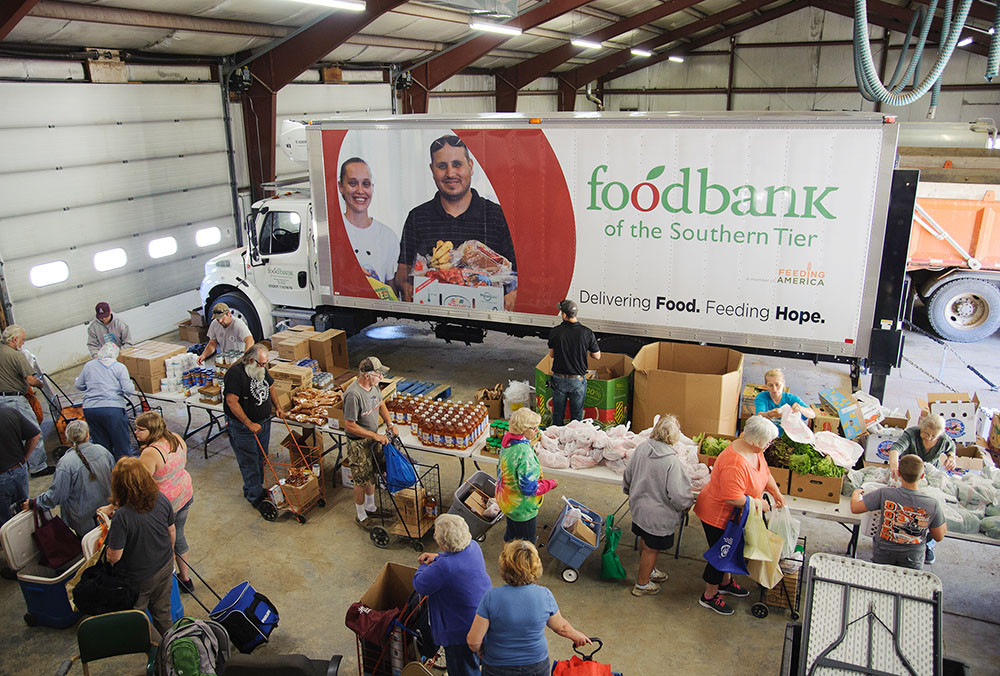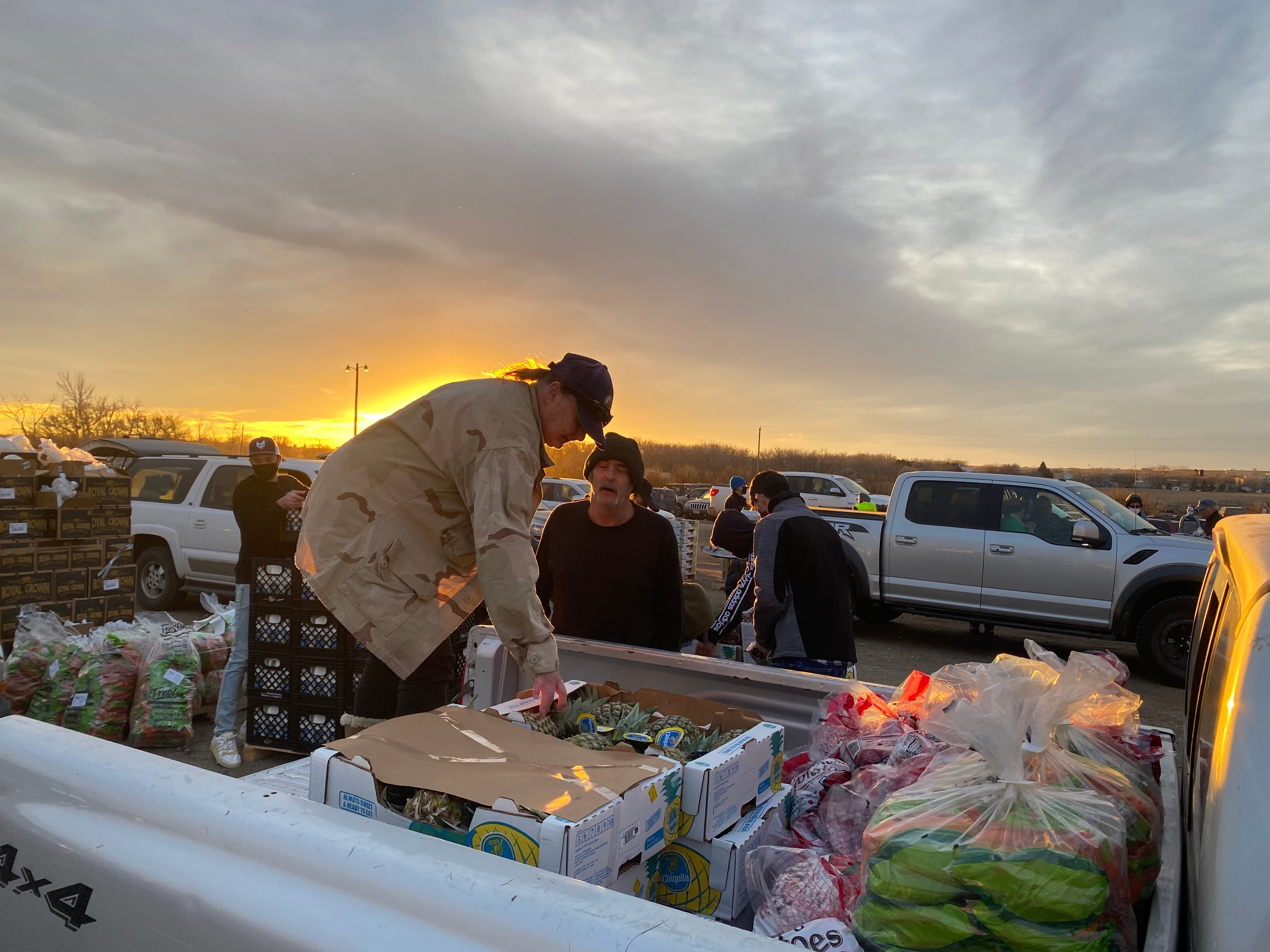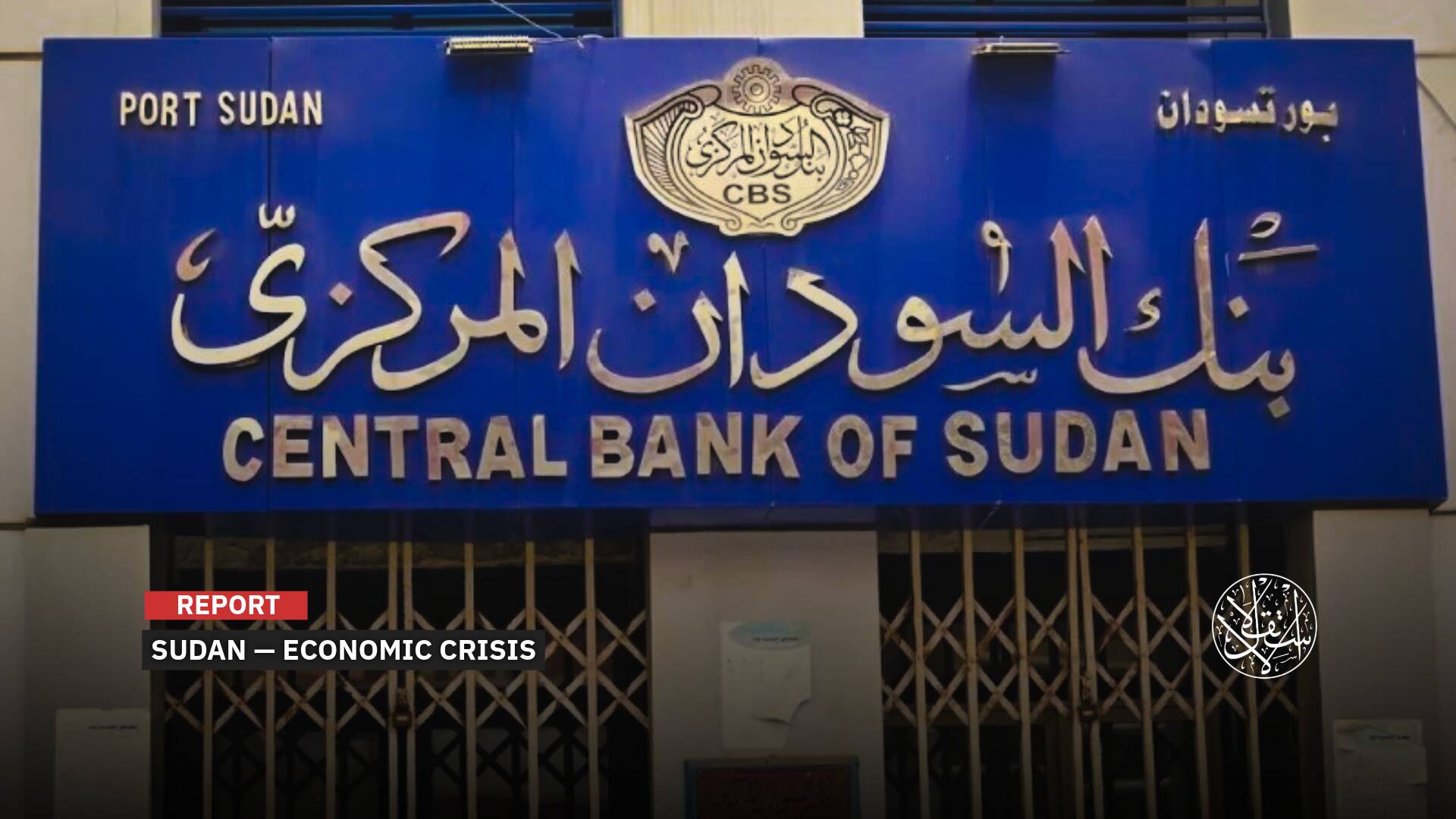How Trump's Austerity Policies Put America's Food Banks in Deep Crisis

“America's food banks helped feed an estimated 50 million people in 2023.”
Under the Donald Trump administration, America’s food banks are facing unprecedented challenges that threaten their ability to meet the needs of the most vulnerable, with continued funding cuts and rising demand for food assistance.
The Trump Administration recently cut $1 billion roughly equally from two United States Department of Agriculture (USDA) programs: the Local Food Purchase Assistance (LFPA) Program and the Emergency Food Assistance Program (TEFAP).
Congress is also considering giving states responsibility for programs like the Supplemental Nutrition Assistance Program (SNAP), also known as food stamps.
These cuts come as President Donald Trump and Elon Musk's Department of Government Efficiency have targeted a long list of government programs and federal jobs for sweeping cuts in recent months.
Under these circumstances, warnings are growing of a widening hunger gap in the country, which could exacerbate the economic and social conditions of millions of Americans.
Food Bank Crisis
America’s food banks recently faced a deepening crisis after the Trump administration cut federal funding for food distribution programs, reducing the amount of food these institutions provide to millions of people in need.
According to a report by the Investing Economics platform, the cancellation or suspension of some food assistance programs in seven US states will lead to severe shortages of essential items in the coming months, including fresh produce, meat, and other food items.
Food banks are facing increased demand as many Americans struggle with the rising cost of living and the decline of COVID-19-era programs that aimed to provide expanded food assistance.
Despite low unemployment, inflation has outpaced wage growth, and food prices have risen by about 28% over five years, straining Americans' budgets.
The latest data shows that hunger rates are continuing to rise. The USDA reported that 13.5% (18 million) of households in the U.S. were food insecure during 2023, a statistically significant increase from the previous year.
That means that more than 47 million people, including more than seven million children, are struggling to get enough food.
Food banks, already struggling with increased needs, told Reuters they will now receive less food to distribute after USDA made more than $1 billion in federal funding cuts and suspensions earlier this month.
The USDA has half of the $500 million in funding for TEFAP, a vital nutrition program that purchases U.S. goods for emergency food providers who help families get adequate nutrition, Reuters reported.
In 2023 alone, according to Feeding America, more than 50 million people turned to food banks, food pantries, and community organizations for food assistance.
The USDA recently cancelled two federal programs that helped schools and food banks purchase fresh food directly from local farmers: The LFPA program, which would have funded about $500 million this year for food banks, and the $660 million Local Food for Schools (LFS) Program.

Desperate Hunger Levels
According to Newsweek, America's food banks are currently facing a new challenge.
It noted that the SNAP is facing numerous changes under the Trump administration, including state-imposed restrictions on what can be purchased with anti-poverty benefits.
In addition, looming budget cuts recently ordered by Congress could also increase the number of people relying on charitable donations to feed themselves and their families.
The SNAP is available across the U.S. to support low- and middle-income households with food purchases.
In 2023, the SNAP assisted an average of 42.1 million people per month, representing about 12.6% of the population.
In fiscal year 2025, SNAP beneficiaries are expected to receive an average of $187 per month per person, equivalent to about $6.16 per day.
The Republican budget memorandum released earlier this year does not explicitly mention the SNAP, but it requires the House Agriculture Committee, which oversees the program, to cut its spending by $230 billion over the next decade.
The plans also included a cap on the amount of benefits available to households with more than six people.
None of the changes underway at the federal and state levels have yet been implemented.
Federal budget negotiations will continue, and legislation is expected to pass later this year.
However, food banks remain on the alert, at a time when hunger across the U.S. is already at dire levels.
About 47.4 million people lived in households experiencing food insecurity in 2023, an increase of 3.2 million compared to 2022, and 13.5 million compared to 2021, according to the Food Research and Action Center.
The Center on Budget and Policy Priorities (CBPP), a progressive American think tank, has estimated some 9 million SNAP beneficiaries could lose their benefits as a result of the budget cuts—many of whom may be forced to turn to food banks to feed their families.

Proposed Cuts
America's Food banks and charitable organizations are all too aware that federal budget cuts could impact them.
Feeding America, which operates the nation's largest food bank network, said charitable organizations cannot absorb the significant increase in demand that the proposed cuts would create.
“After the last cut, when the amounts from the COVID increase were removed, we increased by 40% of families,” Elizabeth Ford, founder and CEO at BetterALife, a Virginia-based nonprofit organization that provides food and educational assistance to children and families, told Newsweek.
Several states are currently considering or have asked permission from the USDA—which funds the SNAP and sets some of its rules—to prevent beneficiaries from being able to purchase soda and candy using their benefits.
Waivers sent by some states to cut unhealthy foods from the SNAP are currently being considered by the USDA, with its Secretary Brooke Rollins indicating she is likely to approve them.

The call for waivers is the latest chapter in a year-long campaign by Republicans to limit what SNAP beneficiaries should be able to purchase using their benefits.
Some of these decisions are still being considered by state lawmakers, while others have requested a waiver.
Arizona, Iowa, Louisiana, Missouri, Michigan, Montana, Texas, Tennessee, Utah, and West Virginia are all considering legislation on the matter, while Arkansas and Indiana have both sent waiver requests.













